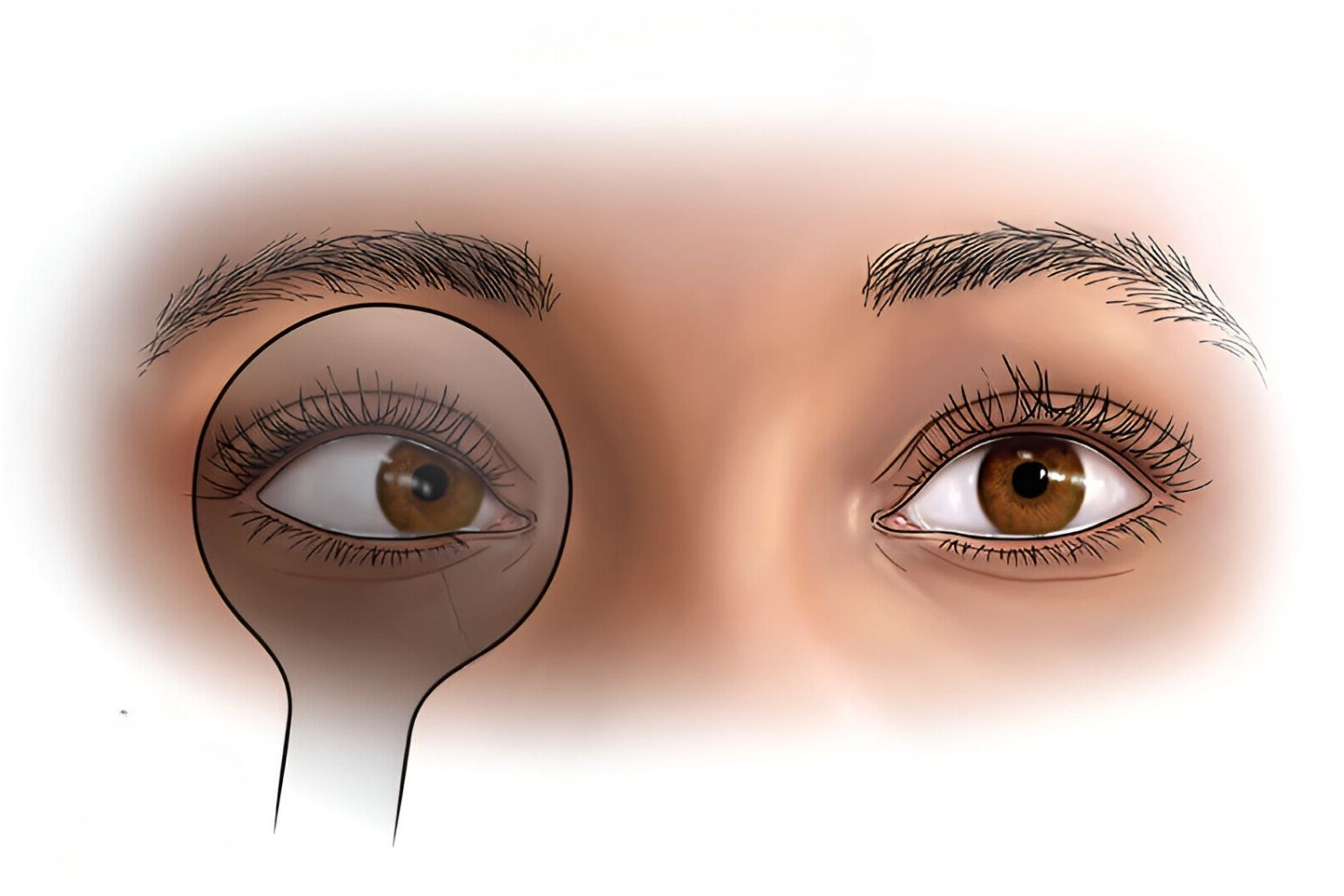
Decompensated phoria can be a tricky topic, but understanding it is crucial for eye health. Phoria refers to a latent misalignment of the eyes that only appears when binocular vision is disrupted. When this misalignment becomes noticeable and affects daily activities, it’s termed decompensated phoria. This condition can lead to symptoms like double vision, headaches, and eye strain. Knowing the facts about decompensated phoria can help in recognizing and managing it effectively. Whether you’re experiencing symptoms or just curious, these 30 facts will provide valuable insights into what decompensated phoria is, how it affects vision, and what can be done to treat it.
Key Takeaways:
- Decompensated phoria causes discomfort and vision problems when the eyes struggle to maintain alignment. Symptoms include double vision, headaches, and difficulty focusing, but treatments like vision therapy and prism glasses can help manage the condition.
- Regular eye exams, ergonomic workspaces, and eye exercises are essential for managing and preventing decompensated phoria. Children can also develop this condition due to excessive screen time, and genetics may play a role.
What is Decompensated Phoria?
Decompensated phoria is a condition where the eyes struggle to maintain proper alignment, causing discomfort and vision problems. Understanding this condition can help manage symptoms better.
- Phoria refers to a latent eye misalignment that the brain usually compensates for.
- Decompensated phoria occurs when the brain can no longer keep the eyes aligned, leading to symptoms.
- Symptoms include double vision, headaches, eye strain, and difficulty focusing.
- Causes can be stress, fatigue, illness, or prolonged near work like reading or computer use.
- Types of phoria include esophoria (inward turn), exophoria (outward turn), hyperphoria (upward turn), and hypophoria (downward turn).
How is Decompensated Phoria Diagnosed?
Diagnosis involves a series of eye tests conducted by an optometrist or ophthalmologist. These tests help determine the type and severity of the phoria.
- Cover test is a common method where one eye is covered to observe the movement of the uncovered eye.
- Maddox rod test uses a special lens to detect misalignment by creating a line of light.
- Prism test involves placing prisms in front of the eyes to measure the degree of misalignment.
- Phoropter is an instrument used to measure refractive error and phoria.
- Subjective symptoms reported by the patient also play a crucial role in diagnosis.
Treatment Options for Decompensated Phoria
Various treatments can help manage decompensated phoria, ranging from simple exercises to surgical interventions.
- Vision therapy involves exercises designed to improve eye coordination and alignment.
- Prism glasses can help by bending light to reduce the effort needed to align the eyes.
- Prescription lenses may be adjusted to correct any refractive errors contributing to the phoria.
- Surgery is considered in severe cases where other treatments fail.
- Lifestyle changes like taking regular breaks from near work can also help alleviate symptoms.
Impact of Decompensated Phoria on Daily Life
Living with decompensated phoria can affect various aspects of daily life, from work to leisure activities.
- Reading difficulties are common, as focusing on text can cause eye strain and headaches.
- Driving can become challenging due to double vision and difficulty judging distances.
- Computer use often exacerbates symptoms, making prolonged screen time uncomfortable.
- Sports and other physical activities may be affected due to impaired depth perception.
- Social interactions can suffer if symptoms cause noticeable eye misalignment or discomfort.
Preventive Measures and Self-Care
Taking proactive steps can help manage and prevent the worsening of decompensated phoria.
- Regular eye exams are essential for early detection and management of phoria.
- Ergonomic workspaces can reduce eye strain by ensuring proper lighting and screen positioning.
- Eye exercises like focusing on distant objects can help maintain eye alignment.
- Adequate sleep is crucial, as fatigue can exacerbate symptoms.
- Hydration and a balanced diet support overall eye health.
Interesting Facts About Decompensated Phoria
Here are some lesser-known facts that shed more light on this condition.
- Children can also develop decompensated phoria, often due to excessive screen time.
- Stress is a significant factor that can trigger or worsen symptoms.
- Bifocals or multifocal lenses can sometimes help by reducing the effort needed to focus.
- Genetics may play a role, as phoria can run in families.
- Awareness and education about the condition can lead to better management and quality of life.
Final Thoughts on Decompensated Phoria
Decompensated phoria, a condition where the eyes struggle to maintain proper alignment, can significantly impact daily life. Understanding its symptoms, causes, and treatments is crucial for managing this condition effectively. Regular eye exams, vision therapy, and sometimes corrective lenses can help alleviate the discomfort associated with decompensated phoria.
Early detection plays a key role in preventing further complications. If you or someone you know experiences frequent headaches, eye strain, or double vision, seeking professional advice is essential. With proper care and attention, individuals can lead comfortable lives despite this condition.
Remember, eye health is vital for overall well-being. Stay informed, get regular check-ups, and don't ignore any signs of discomfort. Your eyes will thank you!
Frequently Asked Questions
Was this page helpful?
Our commitment to delivering trustworthy and engaging content is at the heart of what we do. Each fact on our site is contributed by real users like you, bringing a wealth of diverse insights and information. To ensure the highest standards of accuracy and reliability, our dedicated editors meticulously review each submission. This process guarantees that the facts we share are not only fascinating but also credible. Trust in our commitment to quality and authenticity as you explore and learn with us.
